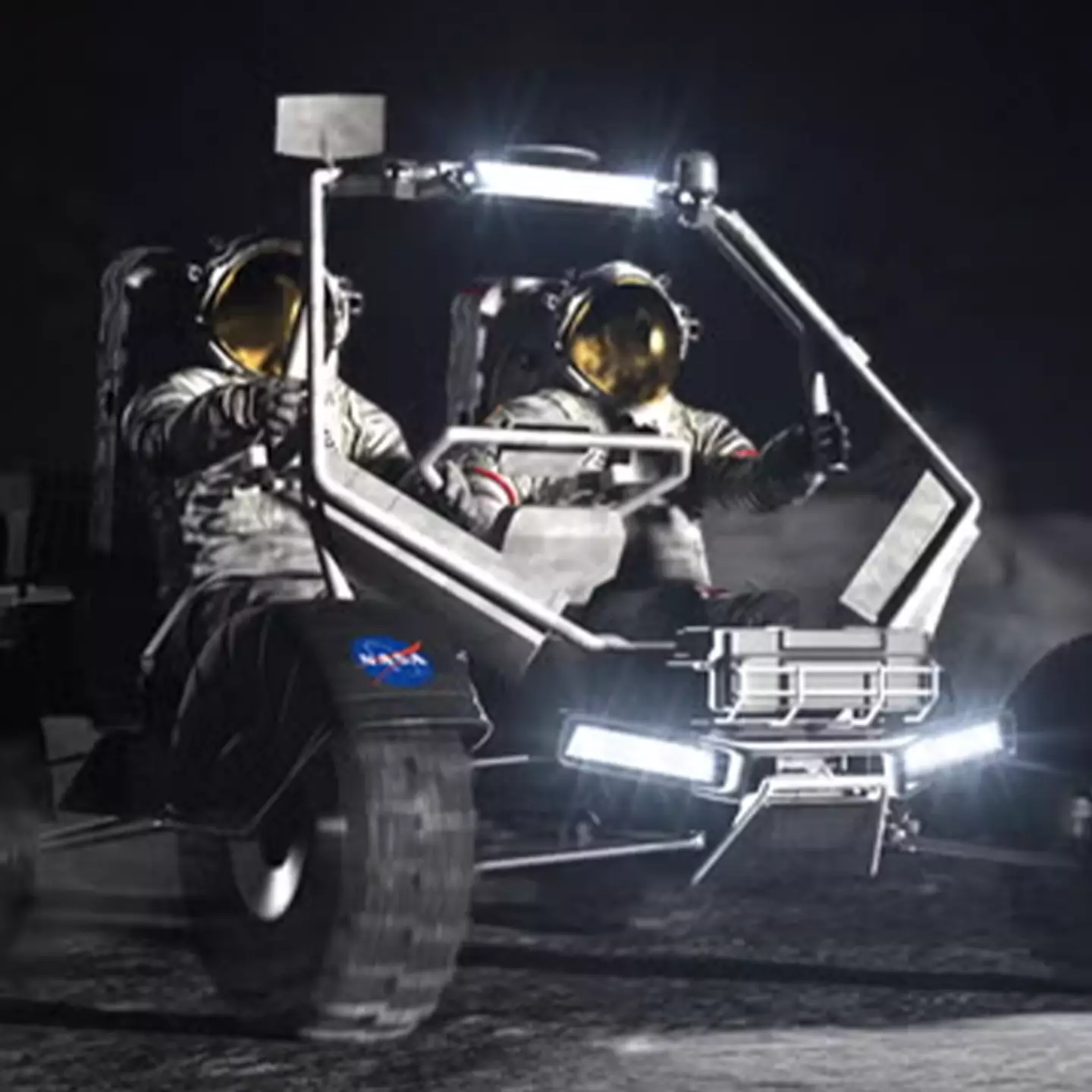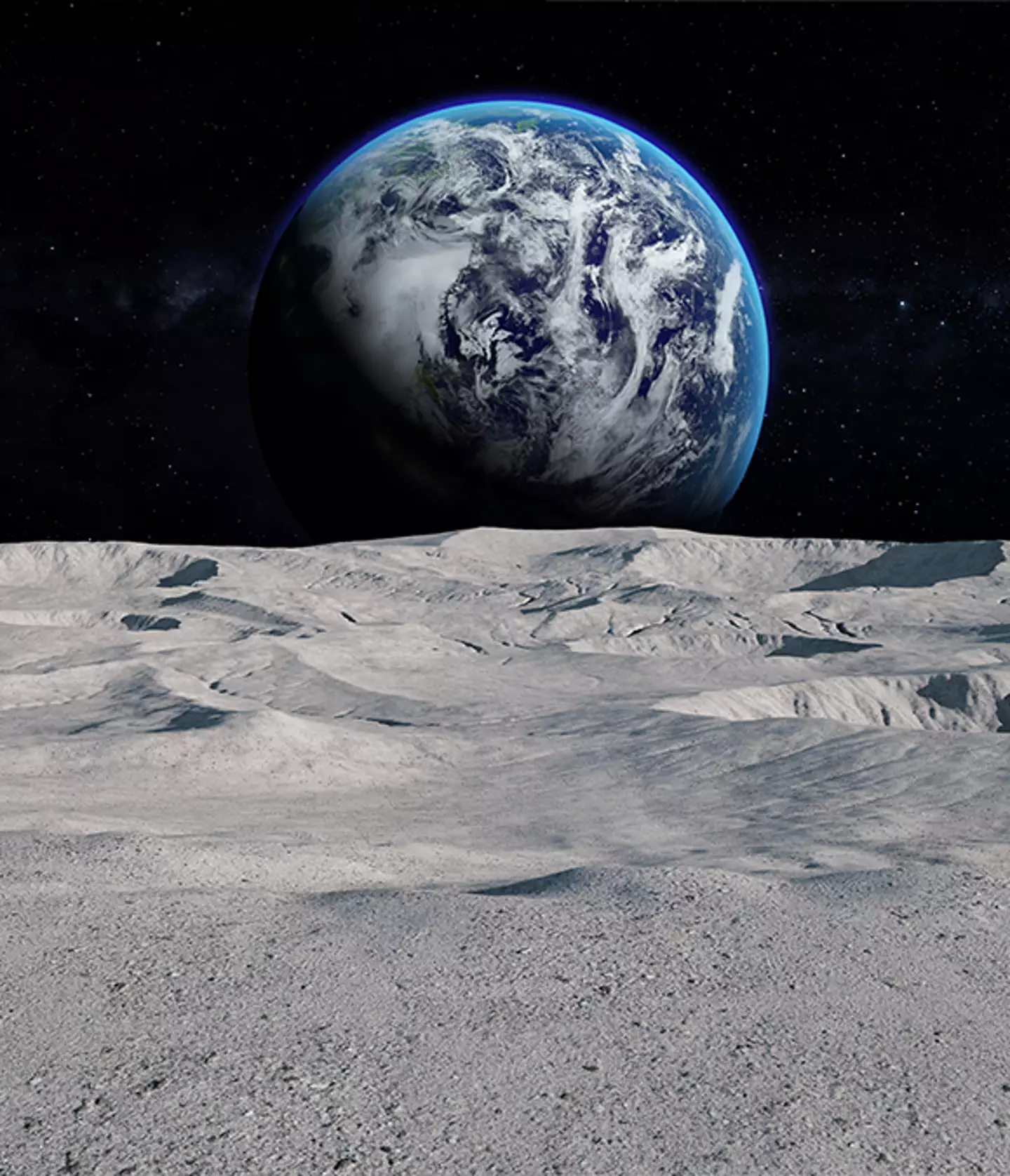
NASA has revealed the designs for its next lunar buggies that will be used in its upcoming Moon missions.
Built by US startup Intuitive Machines, the self-driving ‘Moon RACER’ is capable of transporting people and cargo across the surface of the Moon.
The Moon RACER, which stands for Reusable Autonomous Crewed Exploration Rover, was backed with $30 million for development.
The Lunar Roving Vehicle (LRV) is a modern take on the 1970s 'Moon Buggy' which was driven by Apollo astronauts.
Advert
'This vehicle will greatly increase our astronauts’ ability to explore and conduct science on the lunar surface while also serving as a science platform between crewed missions,' said Vanessa Wyche, director of NASA’s Johnson Space Center in Houston, Texas.

The introduction of such transportation on the Moon marks a 'large paradigm shift for the lunar economy', as pointed out by DARPA program manager Michael Nayak.
The first Artemis crewed mission is expected to land on the Moon in 2026, and so, NASA aims to deploy the lunar vehicles ready for March 2030.
Advert
'We look forward to the development of the Artemis generation lunar exploration vehicle to help us advance what we learn at the Moon,' Wyche continued.
The US space agency has also accepted other lunar terrain vehicle (LTV) designs built by Lunar Outpost and Venturi Astrolab.
All of these must feature autonomous capabilities so that NASA can use them without the need for onboard astronauts.
Jacob Bleacher, chief exploration scientist in the Exploration Systems Development Mission Directorate at NASA’s Washington headquarters, said: 'We will use the LTV to travel to locations we might not otherwise be able to reach on foot, increasing our ability to explore and make new scientific discoveries.
Advert

'With the Artemis crewed missions, and during remote operations when there is not a crew on the surface, we are enabling science and discovery on the Moon year around.'
The new rovers will need to be engineered to endure extreme temperatures that range from 212 F and -400 F (100 °C and -240 °C) at the Moon’s South Pole. They must also be able to withstand radiation and operate through two weeks of total darkness each month.
These upcoming projects show the criticality of surface mobility for 'humanity’s future in space,' as put by Justin Cyrus, CEO of Lunar Outpost.